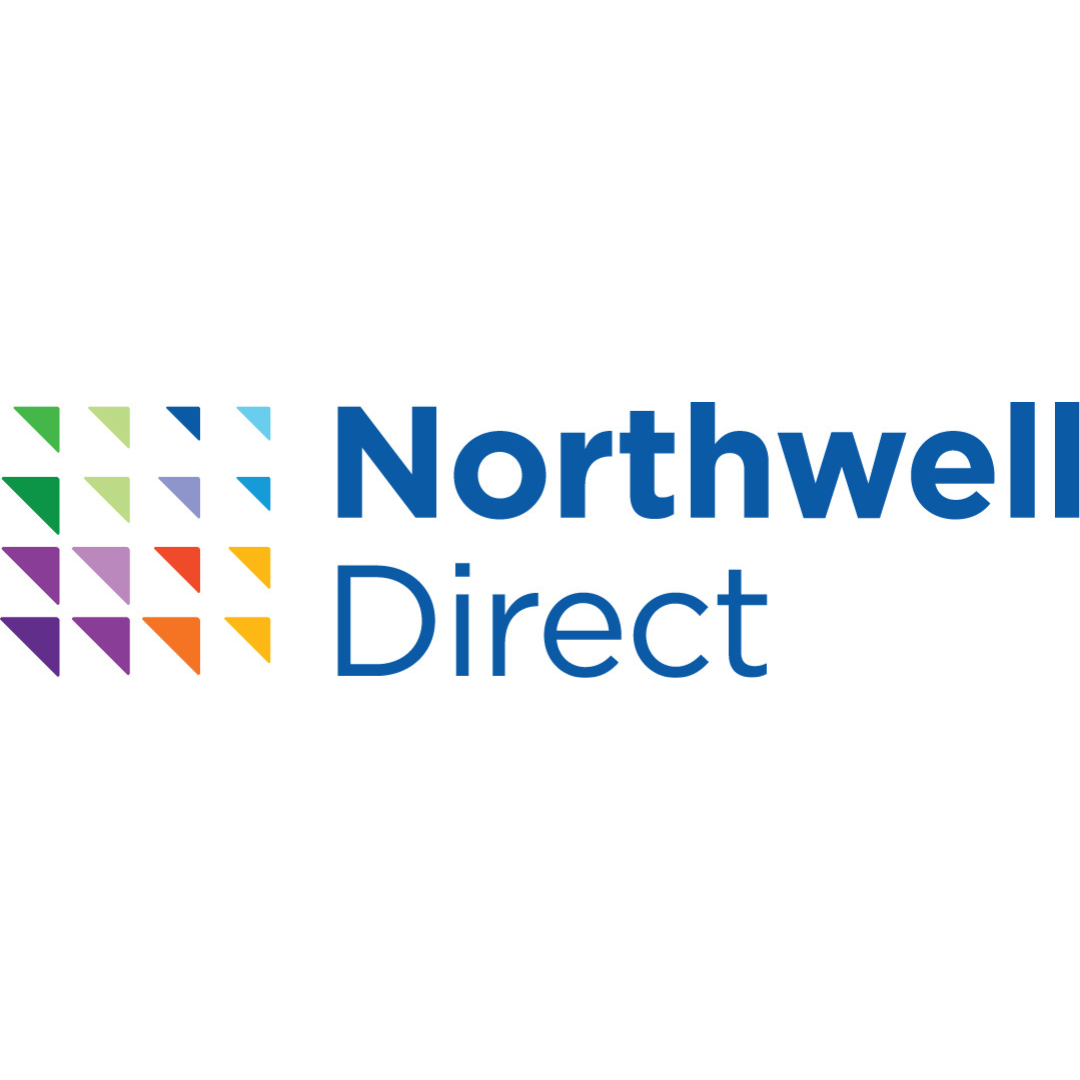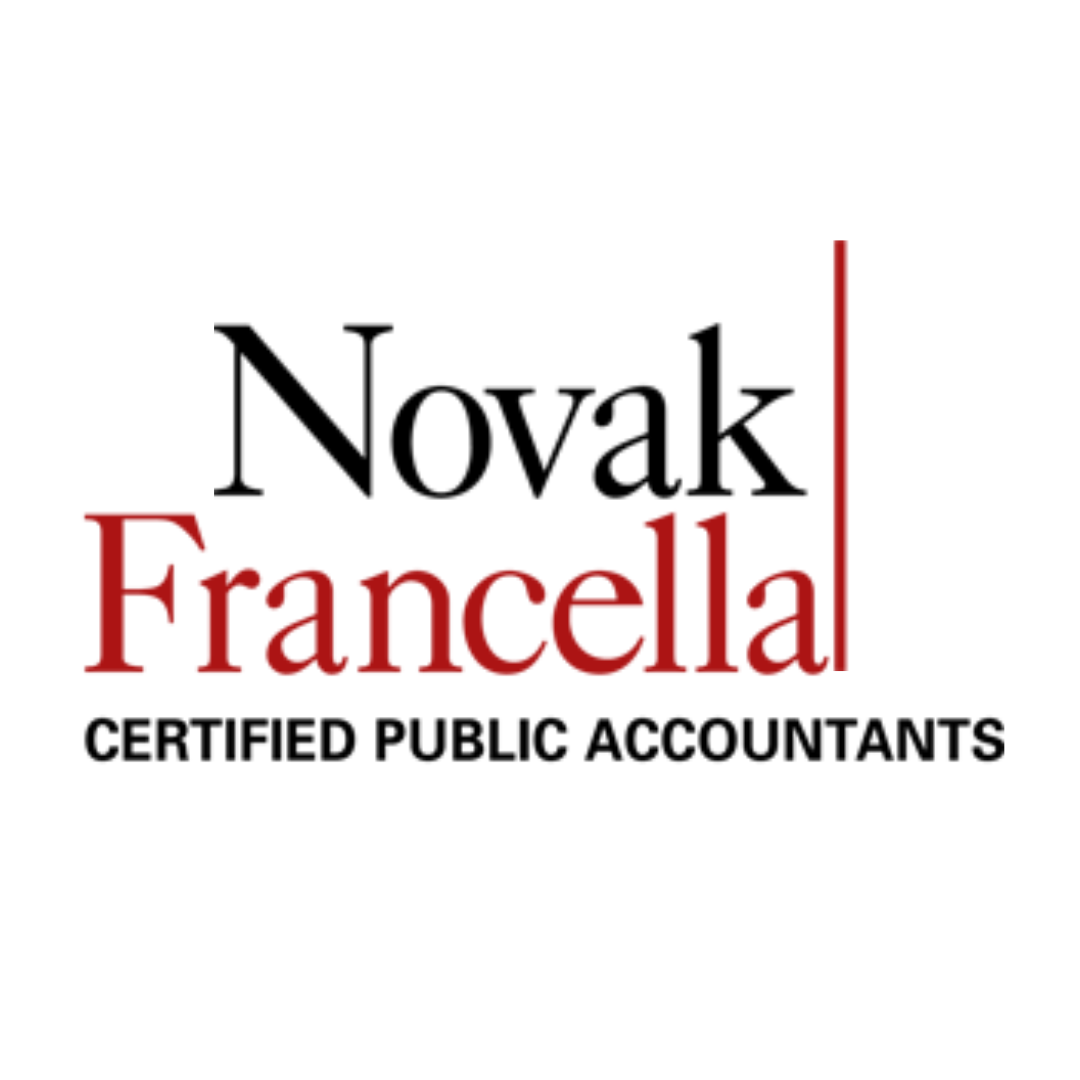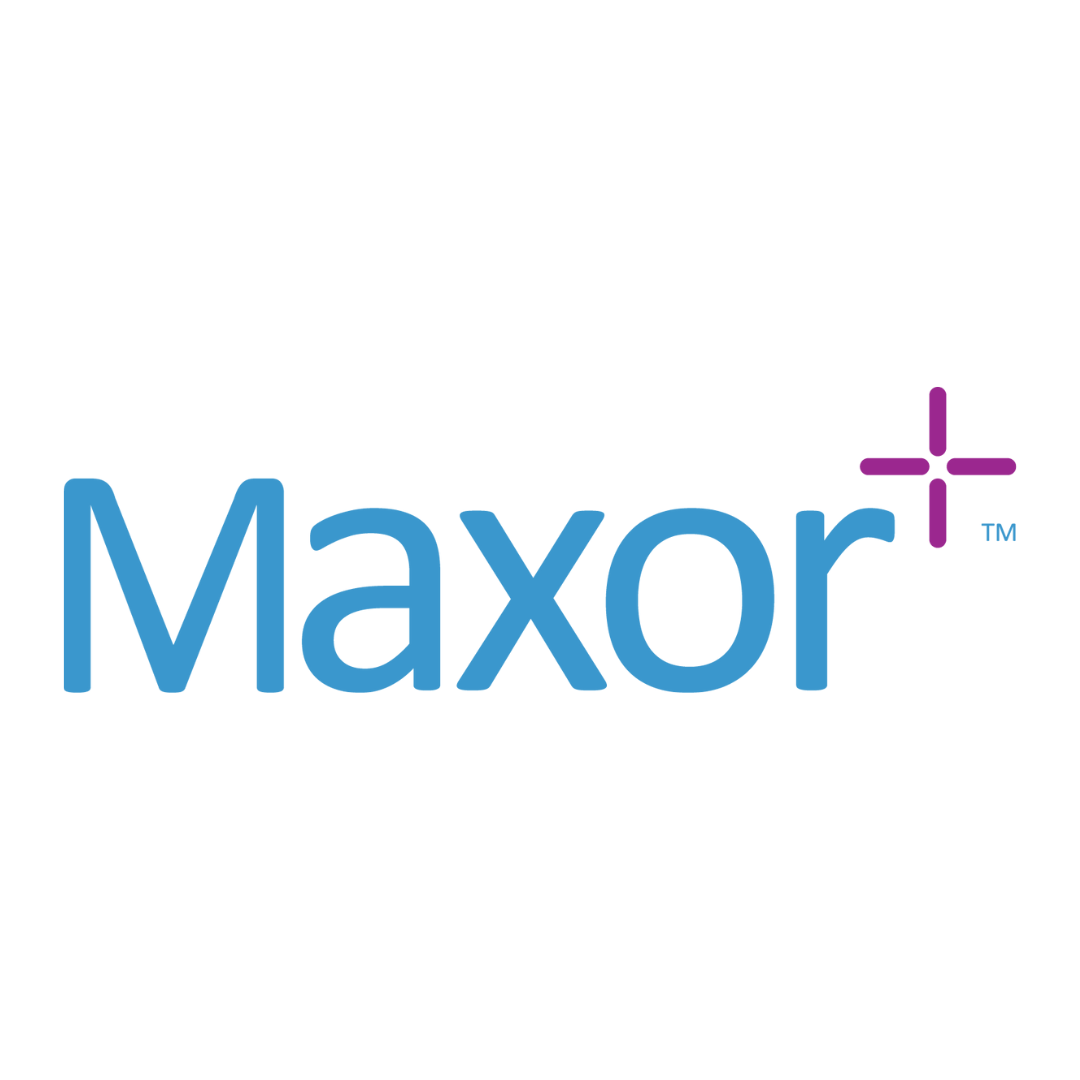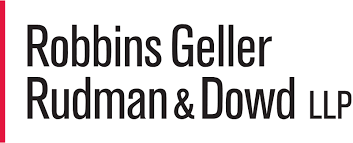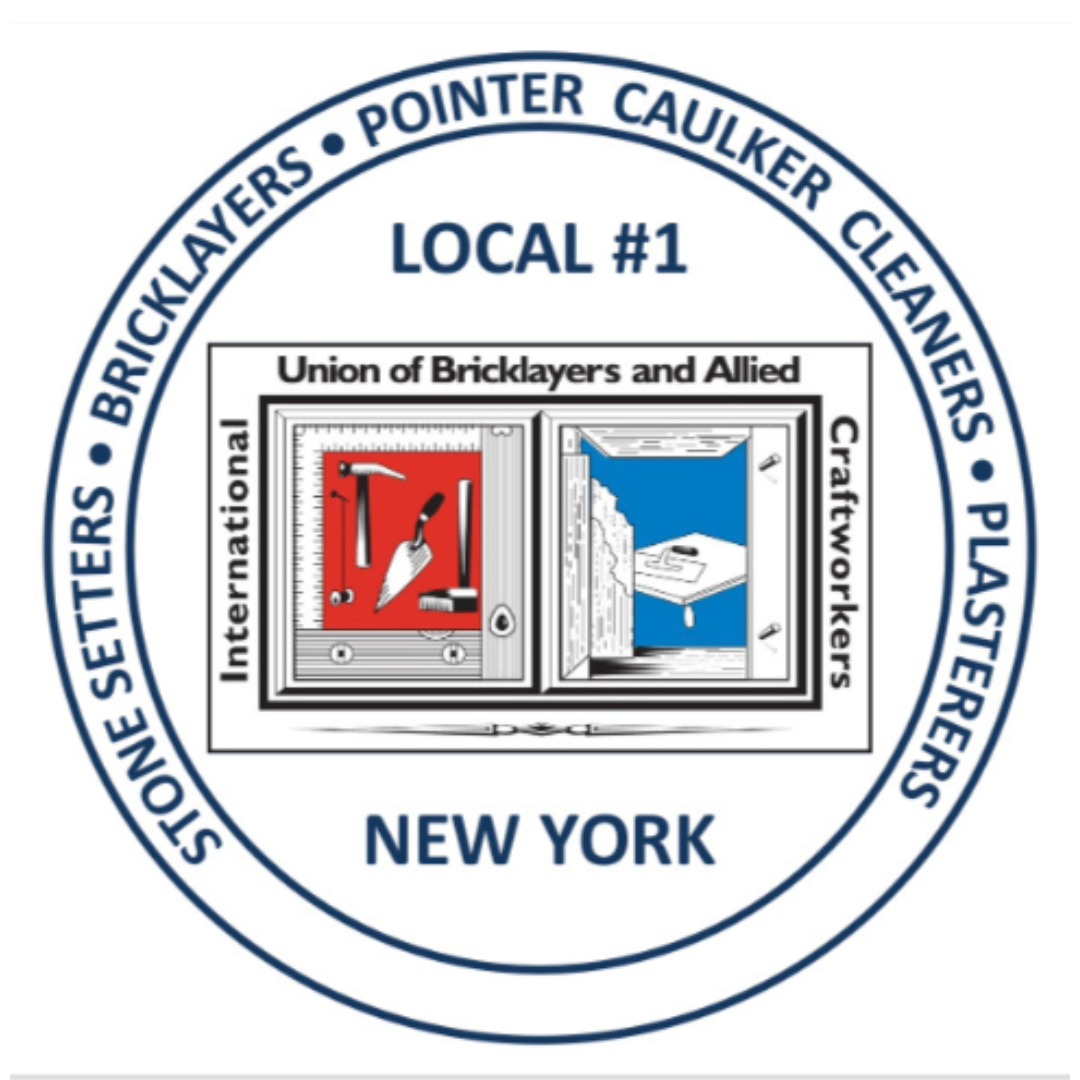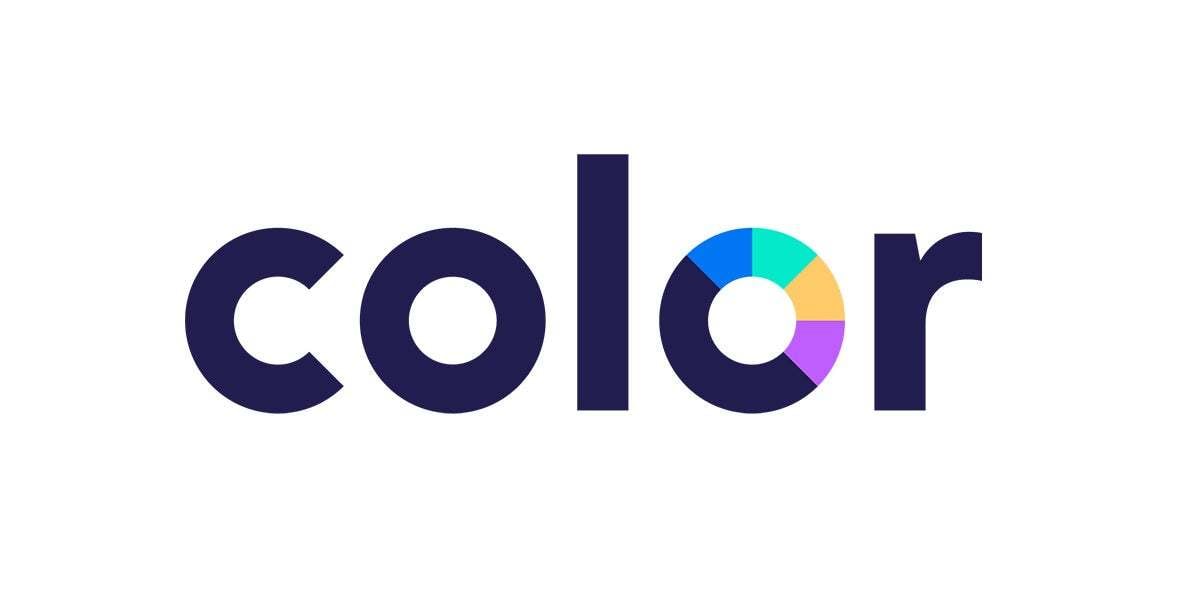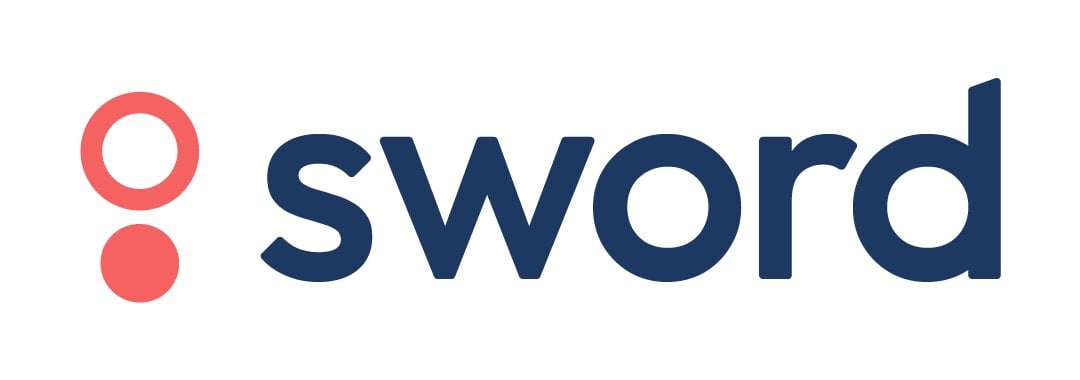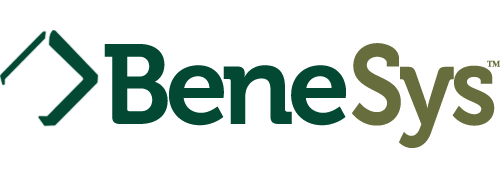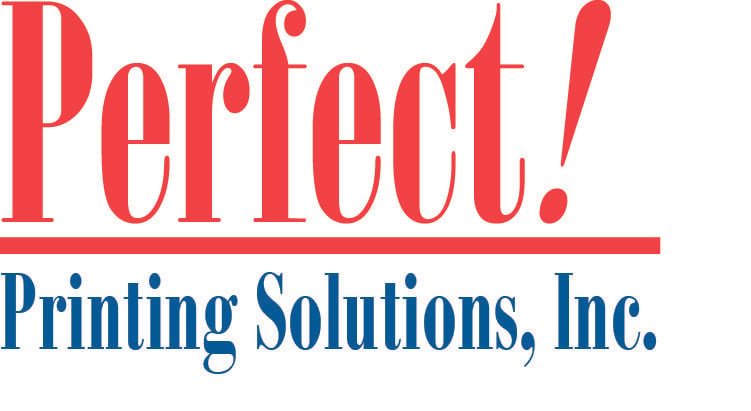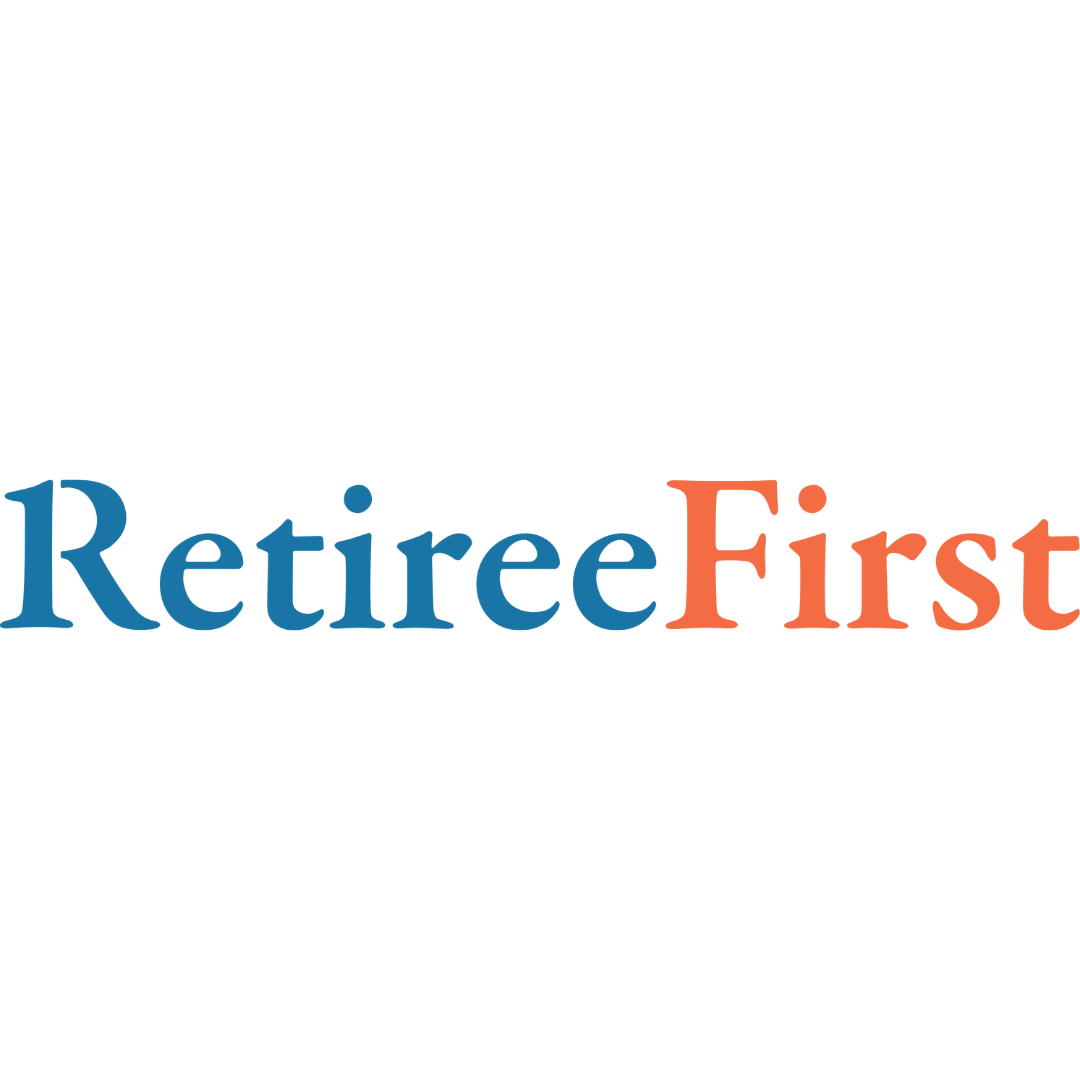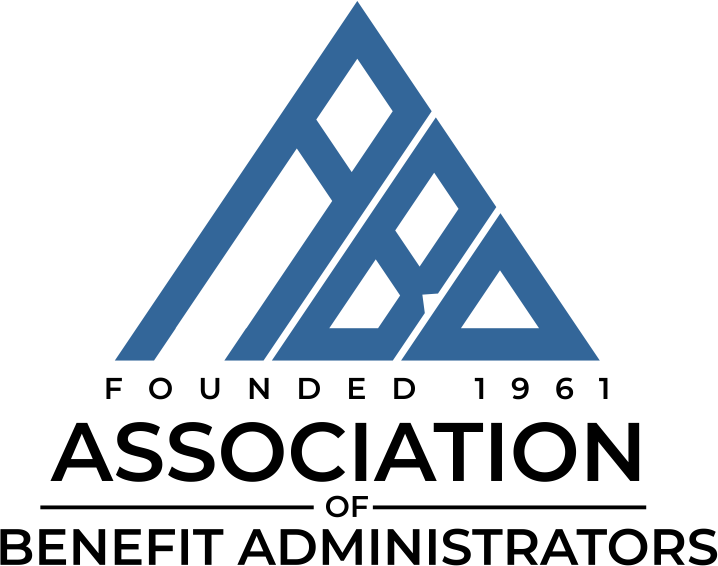APR vs. Interest Rate: What’s the Difference?

If you’re planning on consolidating debt or making a big purchase like buying a home or new car, chances are you’ll need financing to help reach your goals. Understanding the true cost of a loan is key to getting the best deal possible—and most often that starts with shopping APRs and interest rates across different lenders. Knowing the difference between APR vs. interest rate can help you to make a better decision and save money.
Why It’s Important to Understand the Difference between APR and Interest Rate
Interest rates and APRs are both rates that can help you understand the cost of borrowing money. Though these two terms are often mixed up, they are actually quite different: only one gives you the total cost of borrowing (APR), while the other gives a partial view (interest rate).
Comparing APRs on two similar loans can be more helpful than comparing interest rates alone. And to comply with the federal Truth in Lending Act (TILA), lenders need to disclose to prospective borrowers the actual and potential charges associated with the loan.
Knowing which is the more complete indication of the cost of borrowing and understanding how it’s calculated will help you manage your finances and debt more responsibly in the future.
APR vs. Interest Rate At-a-Glance
The below table is an at-a-glance comparison of interest rate and APR.
Interest Rate APRThe cost to finance a loan, usually expressed as an annual percentage of the total amount borrowed.The total cost of a loan expressed as a single, annualized percentage rate.
Known as the true cost of borrowing money, APR is useful when comparing similar loans from different lenders.
Includes only the interest rate that is applied to the outstanding principal balance of the loan amount.Includes the interest rate (cost to finance the loan), plus certain other fees charged by the lender.
What is an interest rate?
A percentage of the total amount loaned, an interest rate is simply what the lender charges to loan you money. An interest rate can be applied in different intervals—daily, monthly, or annually—depending on the loan agreement, and does not take into account any other fees that may be associated with your loan.
A loan with “simple interest”—like personal loans from LendingClub Bank—applies the interest rate to the principal balance only. While a loan with compounding interest applies the interest rate to the balance and interest that has already accrued.
What is an annual percentage rate?
A loan’s APR is the total cost of borrowing money expressed as an annual rate. APR is often higher than the interest rate because, in addition to the interest rate, it also includes any applicable lender fees. Depending on the type of loan, such fees as application, closing, administrative, or origination fees may be included in the APR. If a loan doesn’t have any additional fees, its interest rate and APR may be the same.
While APR can give you a better sense of the true cost of a loan and help you more accurately compare two similar loans, they don’t include every type of fee you may encounter, such as potential late fees or prepayment penalties. So be sure to compare those potential costs separately.
APRs for Mortgages, Personal Loans, and Credit Cards
Understanding what goes into the APR can be an important part of comparing loan and credit card offers. That’s because different types of loans may include or exclude various fees, and the ranges can differ significantly.
Home mortgage APRs
Mortgages are a type of installment loan. With mortgage loans, the APR may take the loan’s mortgage points, discount points, broker fees, mortgage insurance, and other closing costs into account. However, the APR might not include some fees that mortgage lenders require, like a fee for a credit check. And with an adjustable-rate mortgage, the mortgage’s initial APR might not reflect the loan’s maximum potential APR.
Personal loan APRs
Personal loans are usually fixed rate installment loans, which means your interest rate won’t change over the duration of your loan term. For personal loans, your APR is a percentage that covers your interest rate plus any loan fees–like origination fees. In many cases, the loan’s APR may be higher than its interest rate. But, if there are no loan fees the APR and interest rate will be the same.
Credit Card APRs
Your credit card APR is the interest that you will pay when carrying a balance from month to month. If you pay your bill in full every month, you will not incur interest. That’s why for credit cards, the APR and interest rate are the same. But credit card APRs also don’t take any credit card fees into consideration, including annual, balance transfer, cash advance, and late payment fees.
Credit cards can also have different APRs for different types of transactions or balances.
- A variable APR. Credit cards often have a variable APR for purchases and balance transfers. The initial rate can depend on your credit when you apply. If the APR increases in the future, the higher rate might apply to your current balances.
- Promotional APRs. Some credit cards offer introductory or promotional low- and 0% APR offers. These can help card users avoid interest, but they can also be difficult to manage. For example, interest might accrue on purchases right away if the promotional rate only applies to balance transfers. The standard variable APR will also apply to the remaining balances after the promotional period ends.
- Cash advance APR. The card may have a higher APR for cash advances, which may also apply to cash-like purchases, such as gift cards. The cash advance will often accrue interest right away, even if you have a promotional APR for purchases and balance transfers.
- Penalty APR. Cards may apply a higher penalty APR to your entire current balance if your payment is late. Missing the due date can also prematurely end your promotional APRs.
What APR Can You Expect on a Personal Loan?
On average, personal loans may have lower APRs than credit cards, according to reports from the Federal Reserve. However, the APR you can expect to receive on a given loan will depend on the lender, loan amount, repayment term, and other factors such as your overall credit score and repayment history, and your debt-to-income ratio.
Before taking out a personal loan, you can typically check your loan offers and compare APRs before deciding on any one lender. You can also compare loan terms and possible monthly payments to see what works best for your budget.
At LendingClub Bank, on average APRs for personal loans range from as low as 7.04% up to 35.89%, depending on your credit score.1
APR vs. Interest Rates FAQs
1. Why is APR higher than interest rate?
Interest rate is a component of the APR. APRs are usually higher than interest rates because in addition to the interest rate (the cost to borrow money), APR also includes certain additional fees and charges such as application fee, origination fee, or closing costs in the case of a mortgage.
2. Should I look at APR or interest rate when comparing loan offers?
When considering similar loan offers from different lenders, make your comparison using the lenders’ offered APRs. If a lender is making up for a low advertised interest rate with higher fees, the APR will tell you. If there is a big gap between the APR and interest rate, you’ll know that lender’s fees are high. And if the APR is closer to the interest rate, it’s a good sign the lender has low fees.
Of course, you’ll also want to consider other factors before accepting a loan offer, such as a reputation for quality customer service, any prepayment penalties, the loan amount and term length you can receive, and whether you can comfortably afford to make the monthly payment.
3. Is a lower APR better?
When comparing loan offers, a lower APR will signify a lower total cost of borrowing when compared to a higher APR. In most cases, a lower APR is better. But that’s not the only factor to consider when taking out a loan. Do research to confirm it’s a reputable lender, and make sure you’re comfortable with the repayment terms before accepting any offer.
4. Are no-fee personal loans always the better choice?
While many personal loan lenders like LendingClub charge an origination fee, not all lenders do. However, zero fees don’t always mean your costs will be lower because no-fee loans may come with higher interest rates.
5. What is a good APR for a personal loan?
APRs for personal loans vary depending on your loan’s term and the current financial market. Lenders will also take into consideration your overall credit score, repayment history, debt-to-income ratio, among other factors. That being said, there’s no one-size fits all range that makes for a good APR. Rather, it’s important to shop around to see what you can qualify for based on your personal finances. With LendingClub Bank, you can check your rate online without impacting your credit score.
1APR ranges from 7.04% to 35.89% and is determined at the time of application. Origination fee ranges from 3% to 6% of the loan amount. Lowest APR is available to borrowers with excellent credit. Advertised rates and fees are valid as of 7/1/21 and are subject to change without notice.
#repost



